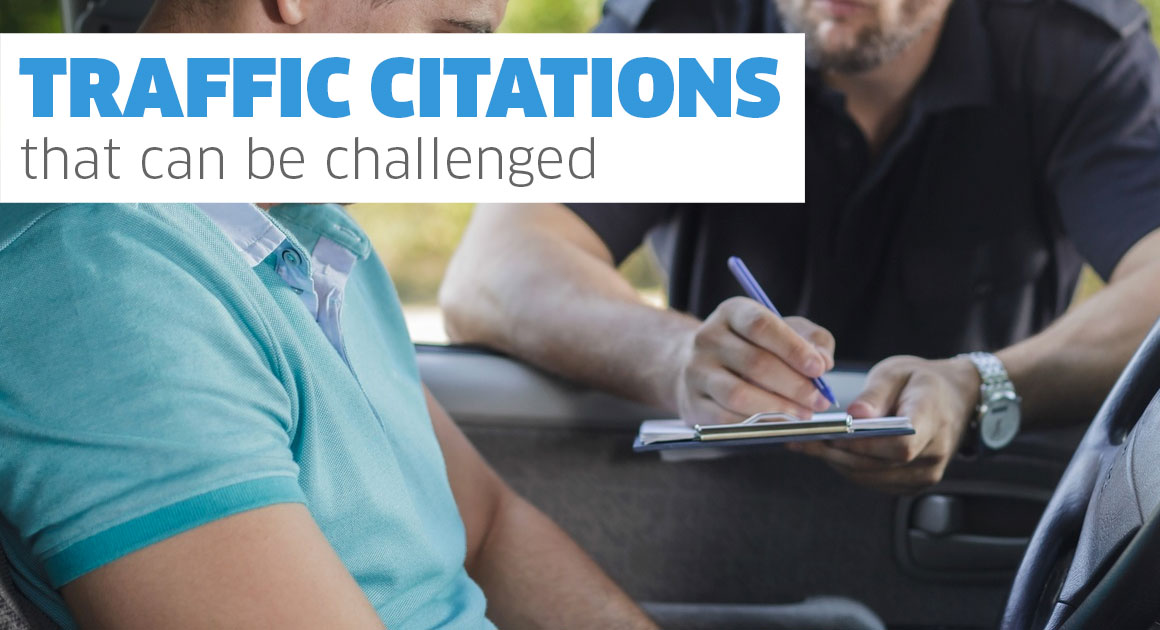A traffic citation or ticket is a summons issued to a driver by a law enforcement officer due to a direct violation of a traffic law. Traffic citations detail the traffic violation committed as well as request the driver to appear in traffic court. The driver then has 30 days to plead guilty and pay the fine or plead not guilty and attend traffic court. In some cases, the only option is for the driver to plead guilty, but not always. The following are the top three traffic citations that can be challenged and their potential defenses to be argued.
The blog is for educational purposes only and should not be considered legal advice or substitute for legal advice.
Traffic Citations That Can Be Challenged
Speeding: To no avail, the most common traffic citation issued is for speeding. There are approximately 100,000 speeding citations issued on a daily basis with the use of radar enforcement. Blatant disregard of the speed limit is difficult to challenge; however, there are legal requirements associated with the use of a radar gun.
- Radar Gun: This information would require a subpoena from the police agency, but questions to ask are: has the radar gun recently been repaired or calibrated correctly? Does the officer have sufficient training? It is important to note, that a police officer is not required by law to show you the speed recorded on the radar gun.
- Legally Justified or Attempting to Avoid Harm: Were you speeding for a medical emergency? Were you speeding to avoid an aggressive driver?
- Honest Mistake: Were you unable to see the posted speed limit sign or was it hidden from view?
Left-hand Turns: Common traffic citations issued for left-hand turns include completing them in an unsafe manner or illegally in a no-turn area.
- Sufficient evidence must be provided to challenge this traffic citation i.e. photo evidence that the sign was covered, worn, or difficult to see.
- An unsafe left turn can be challenged based on the officer’s observation or subjective conclusion. Witness statements, photographs, and diagrams of where the officer’s vehicle was located can help prove that their vantage point was not ideal for reliably witnessing your infarction.
Legally Justified Conduct: Legally justified conduct would include crossing double yellow lines to avoid a collision, accelerating to merge on to the highway, or as mentioned above, speeding to an emergency room due to a medical emergency. Evidence such as witness statements, photographs, or medical documentation to prove your reason would be necessary to challenge any of these traffic citations.
The best way to challenge a traffic citation is to avoid them. But if you feel like you have a legitimate reason to challenge a traffic citation, call Reginald Keith Davis, Attorney at Law to schedule a free consultation.

